Top 10 Healthy High Carb Foods
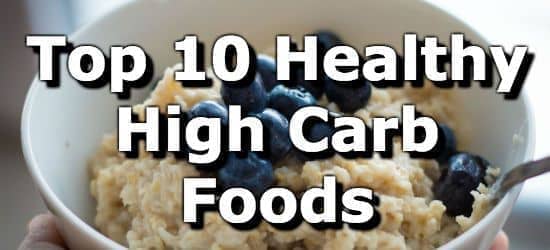
Carbohydrates are an essential part of a balanced diet. However, some popular diets have given carbs a bad reputation and have even led to a fear of carbohydrates in recent years.
A balanced diet should always include the three major food groups: carbohydrates, proteins, and fats. (1)
Carbohydrate-rich foods are the body's main source of energy, giving you the fuel you need to carry out your daily activities. The brain also runs on carbohydrates, so this includes mental, as well as physical, energy. (1) Healthy carbohydrate sources like whole grains and vegetables also provide key nutrients like fiber, vitamins, and minerals. (2)
Choosing the right type of carbohydrate is important. Carbohydrates that should be limited or avoided include refined carbs like white bread, white rice, white flour products, and anything with added sugar. (2)
Healthy high-carb foods include beans, whole grains, lentils, berries, oatmeal, milk, small portions of dried fruit, nuts, and healthy snacks like crisp bread. The current daily value (DV) for carbs is 275 grams. (3)
The following is a list of the top 10 healthy sources of carbohydrates to include in your diet. Click here for a list of high carb foods to avoid.
List of Healthy High Carb Foods
-
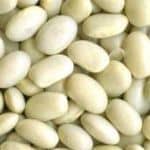 1. Navy Beans + Add
1. Navy Beans + Add
Carbs
per CupCarbs
per 100gCarbs
per 200 Calories47.4g
(17% DV)26.1g
(9% DV)37.2g
(14% DV)See the list of beans low in net-carbs.
-
 2. Lentils + Add
2. Lentils + Add
Carbs
per CupCarbs
per 100gCarbs
per 200 Calories39.9g
(14% DV)20.1g
(7% DV)34.7g
(13% DV)See the list of beans low in net-carbs.
-
 3. Whole Wheat Pasta + Add
3. Whole Wheat Pasta + Add
Carbs
per Cup CookedCarbs
per 100gCarbs
per 200 Calories35.2g
(13% DV)30.1g
(11% DV)40.4g
(15% DV)More Alternative Grains high in Carbohydrates
- 51g (19% DV) per cup of spelt
- 48g (17% DV) per cup of kamut
- 45g (16% DV) per cup of amaranth
- 45g (16% DV) per cup of pearled barley
- 42g (15% DV) per cup of millet
- 39g (14% DV) per cup of quinoa
- 36g (13% DV) per cup of wild rice
See the list of grains low in net-carbs.
-
 4. Oatmeal + Add
4. Oatmeal + Add
Carbs
per CupCarbs
per 100gCarbs
per 200 Calories28.1g
(10% DV)12g
(4% DV)33.8g
(12% DV) -
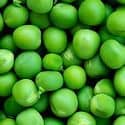 5. Green Peas + Add
5. Green Peas + Add
Carbs
per Cup CookedCarbs
per 100gCarbs
per 200 Calories25g
(9% DV)15.6g
(6% DV)37.2g
(14% DV)More Vegetables High in Carbs
- 33g (12% DV) per cup of pea sprouts
- 30g (11% DV) per cup of acorn squash
- 27g (10% DV) per cup of sweet corn
See the list of vegetables low in net-carbs.
-
 6. Milk + Add
6. Milk + Add
Carbs
per 16oz GlassCarbs
per 100gCarbs
per 200 Calories24.4g
(9% DV)5g
(2% DV)23.8g
(9% DV)Plain Yogurt provides 11g (6% DV) of carbs per cup.
-
 7. Raisins (Small portions of dried fruit) + Add
7. Raisins (Small portions of dried fruit) + Add
Carbs
per OzCarbs
per 100gCarbs
per 200 Calories20.6g
(7% DV)79.3g
(29% DV)53.1g
(19% DV)More Dried Fruit High in Carbs
- 21g (8% DV) per oz of dates
- 21g (8% DV) per oz of currants
- 21g (8% DV) per oz of dried pears
- 18g (7% DV) per oz of dried apples
- 18g (7% DV) per oz of prunes
- 18g (7% DV) per oz of dried figs
- 18g (7% DV) per oz of dried apricots
- 17g (6% DV) per oz of dried peaches
*Dried Fruit is high in natural fruit sugars, so should be eaten in moderation. A small handful is a sensible portion size.
-
8. Strawberries + Add
Carbs
per CupCarbs
per 100gCarbs
per 200 Calories12.7g
(5% DV)7.7g
(3% DV)48g
(17% DV)See a list of fruits low in net-carbs.
-
 9. Cashews (Dry Roasted) + Add
9. Cashews (Dry Roasted) + Add
Carbs
per 1 Oz HandfulCarbs
per 100gCarbs
per 200 Calories9.3g
(3% DV)32.7g
(12% DV)11.4g
(4% DV) -
 10. Rye Crisp Bread + Add
10. Rye Crisp Bread + Add
Carbs
per SliceCarbs
per 100gCarbs
per 200 Calories8.2g
(3% DV)82.2g
(30% DV)44.9g
(16% DV)A wafer of rye crispbread provides 9g (3% DV) carbs.
Printable One Page Sheet
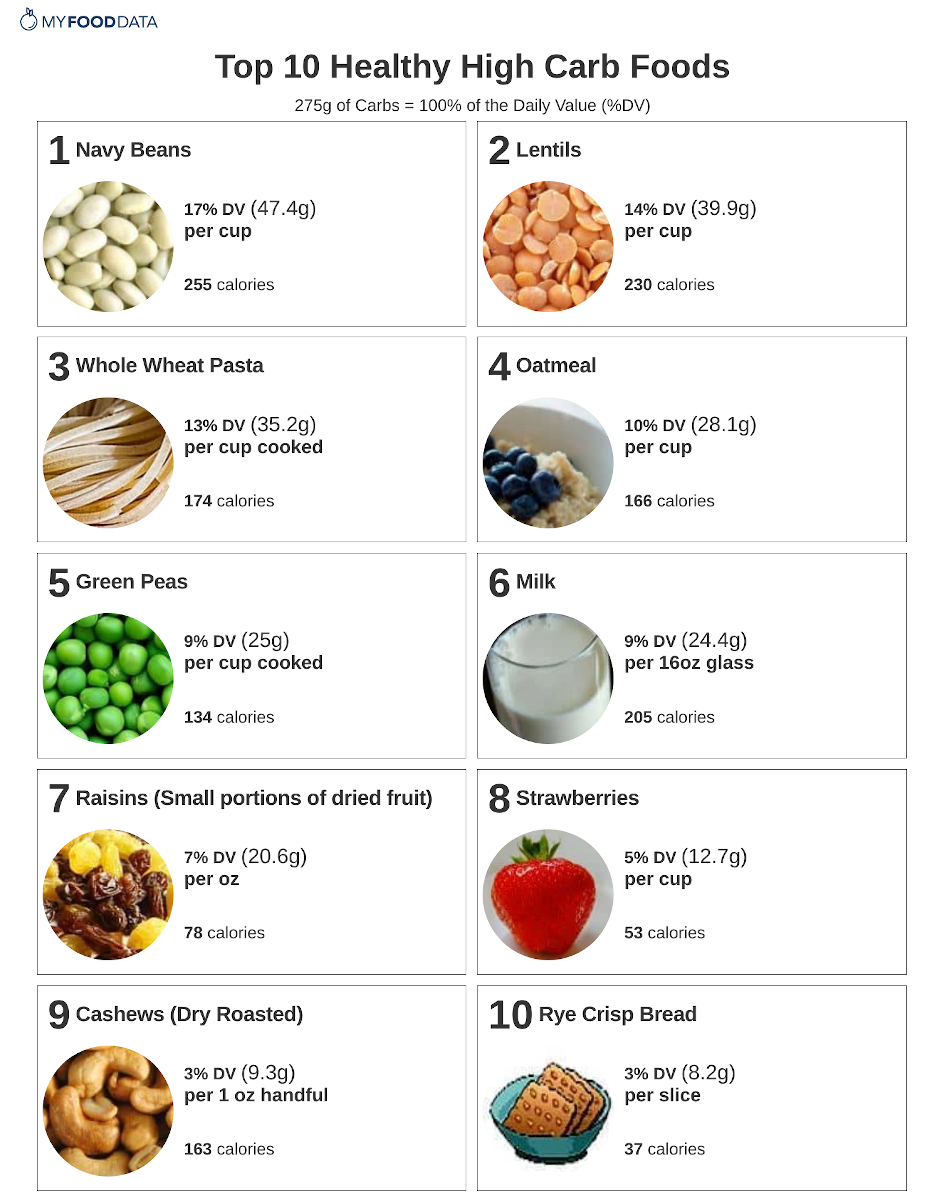
What is the recommended daily allowance (RDA) for Carbohydrates?
The daily value (%DV) for carbohydrates is 275g and is a general target intended for most people. The Recommended Dietary Allowance (RDA) shows specific targets by age and gender. The RDA for carbohydrates is between 60g - 130g for most people.
| Life Stage | RDA |
|---|---|
| Infants | |
| 0-6 months old* | 60g |
| 7-12 months old* | 95g |
| Children | |
| 1-3 years old | 130g |
| 4-8 years old | 130g |
| Males | |
| 9+ years old | 130g |
| Females | |
| 9+ years old | 130g |
| Pregnancy | |
| 14-50 years old | 175g |
| Lactation | |
| 14-50 years old | 210g |
From the Nutrient Ranking Tool
Use the ranking tool links below to select foods and create your own food list to share or print.
- Foods High in Carbohydrates
- Foods Low in Carbohydrates
- Vegetables High in Carbohydrates
- Fruits High in Carbohydrates
- Vegetarian Foods High in Carbohydrates
- Nuts High in Carbohydrates
- Grains High in Carbohydrates
- Beans High in Carbohydrates
- Dairy High in Carbohydrates
- Breakfast Cereals High in Carbohydrates
- Fast Foods High in Carbohydrates
View more nutrients with the nutrient ranking tool, or see ratios with the nutrient ratio tool.
Related
Data Sources and References
- Qi X, Tester RF. Physiology, Carbohydrates Clin Nutr ESPEN. 2019 Oct;33:18-28. doi: 10.1016/j.clnesp.2019.07.004. Epub 2019 Jul 19. 31451258
- Perler BK, Friedman ES, Wu GD. The Burden of Carbohydrates in Health and Disease Annu Rev Physiol. 2023 Feb 10;85:449-468. doi: 10.1146/annurev-physiol-031522-092054. Epub 2022 Nov 14. 36375468
- U.S.FDA - Daily Value on the New Nutrition and Supplement Facts Labels
Simplify Nutrition Tracking with MyFoodData!
Speedy Tools and Detailed Data FREEEasily analyze your meals to find the best foods for your goals.
✅ Use our recipe nutrition calculator and nutrition comparison tool.
✅ Access expert nutrition data tools and in-depth articles.
✅ Log foods and organize your recipes with a free account.


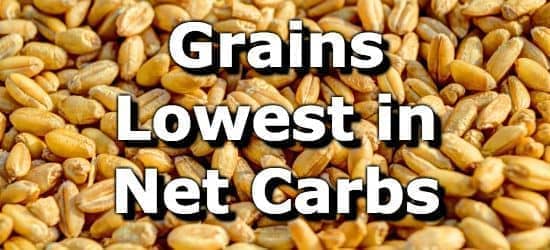 Next ➞
Next ➞
